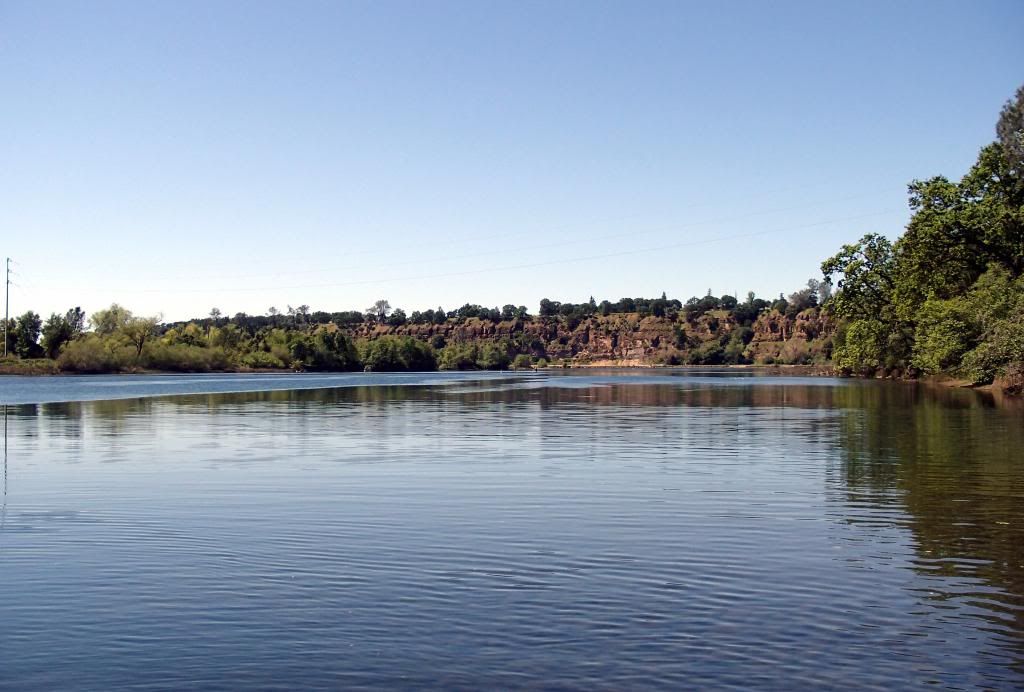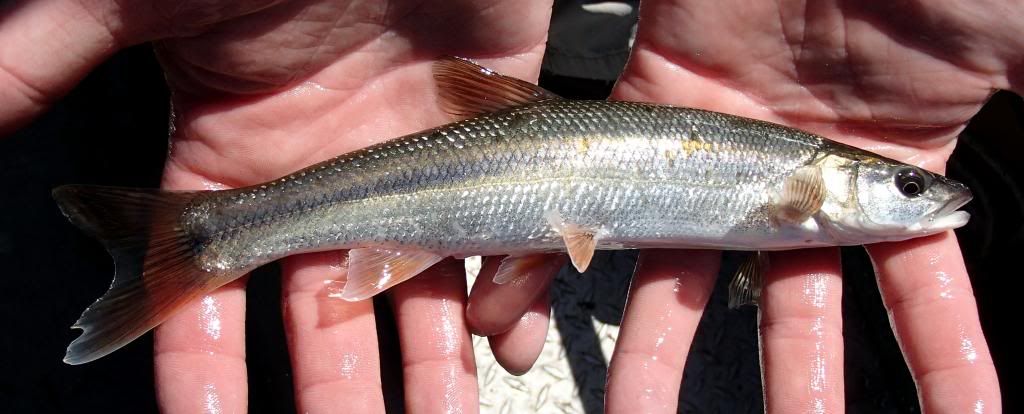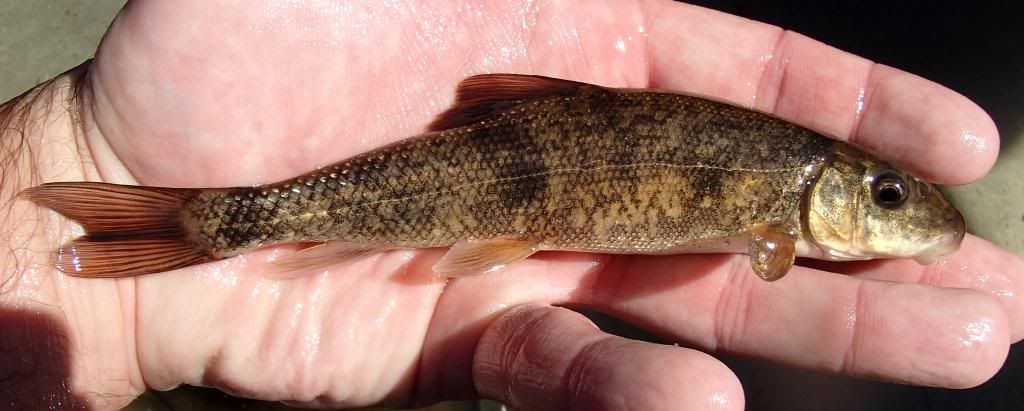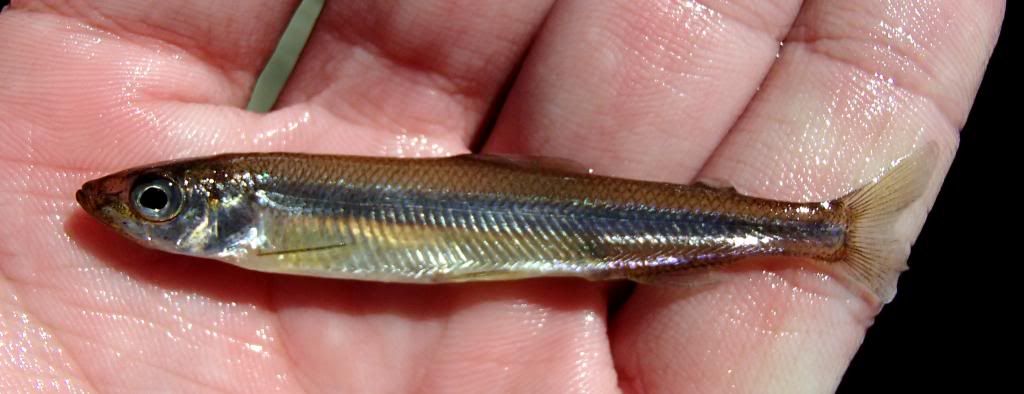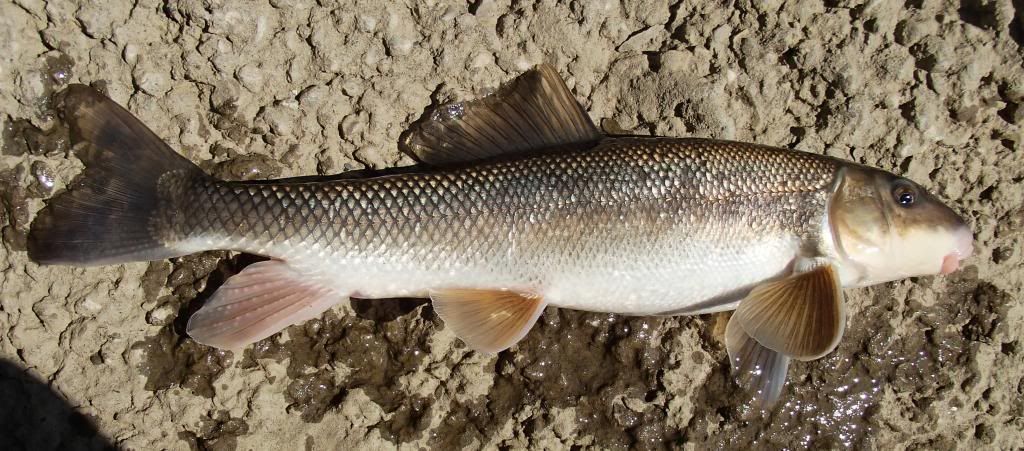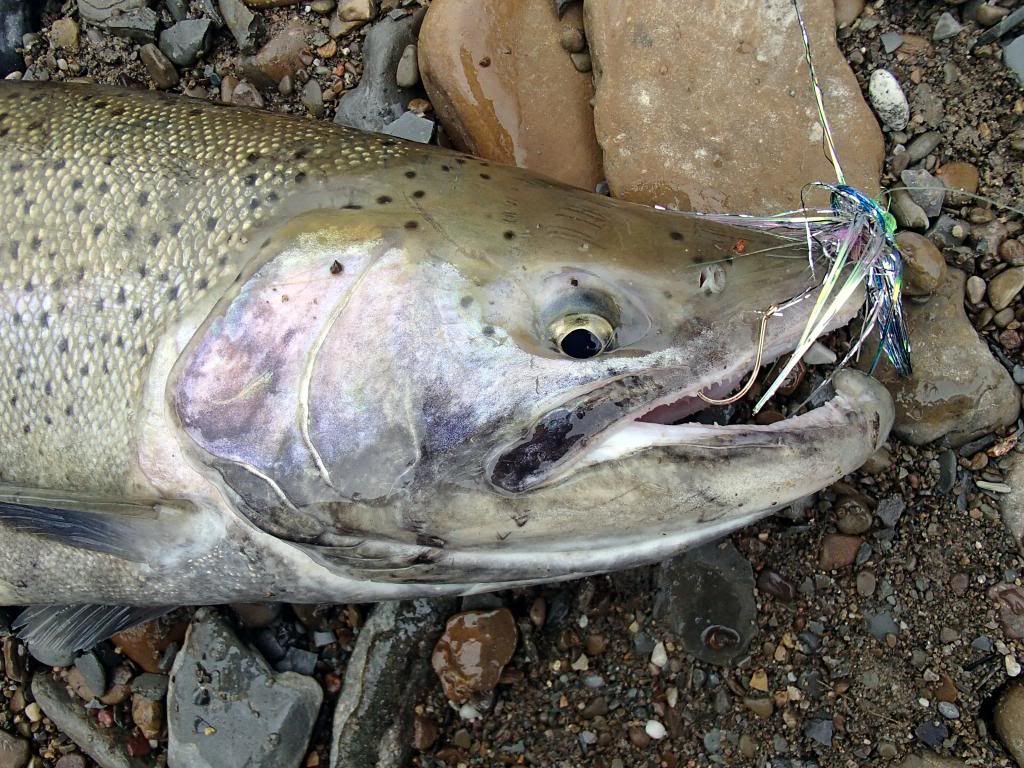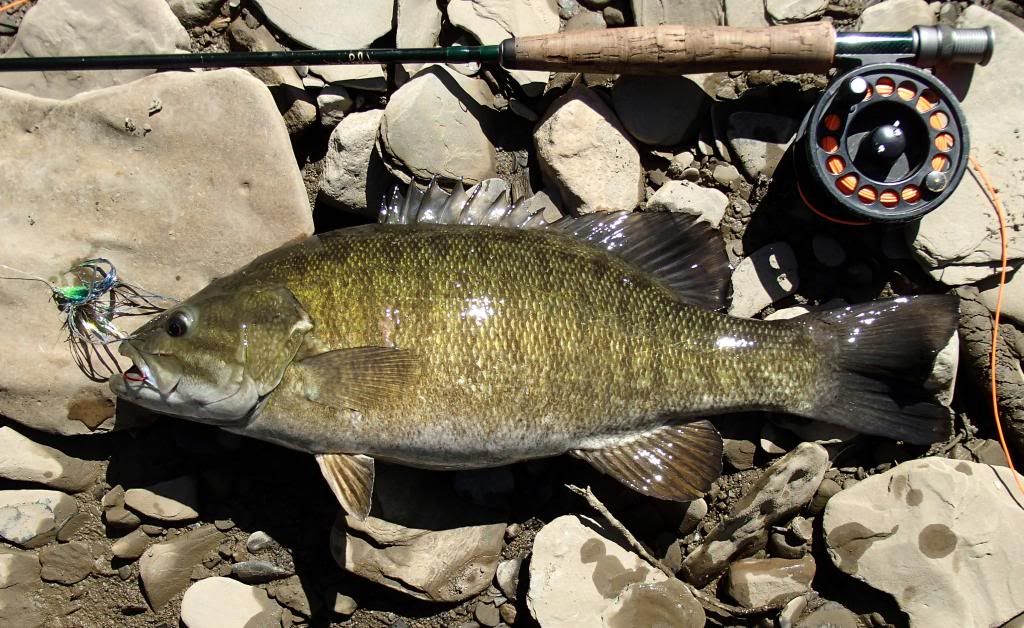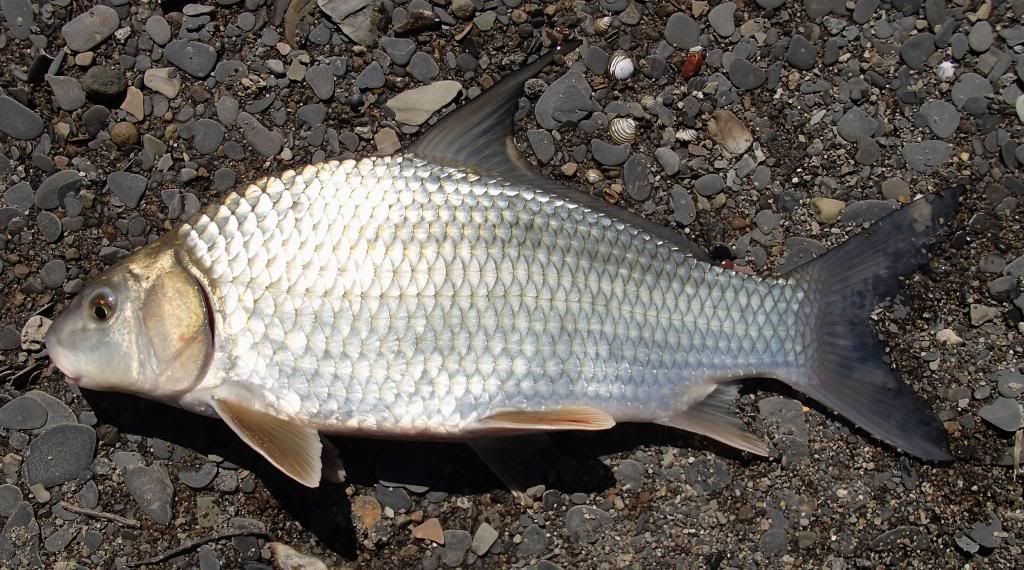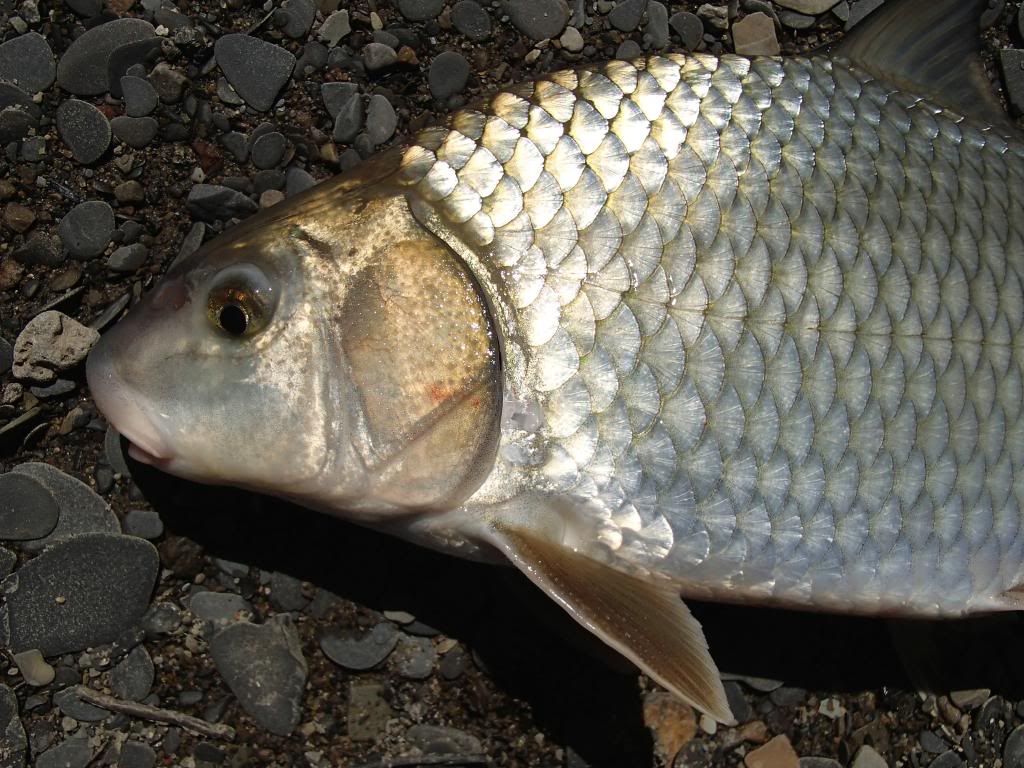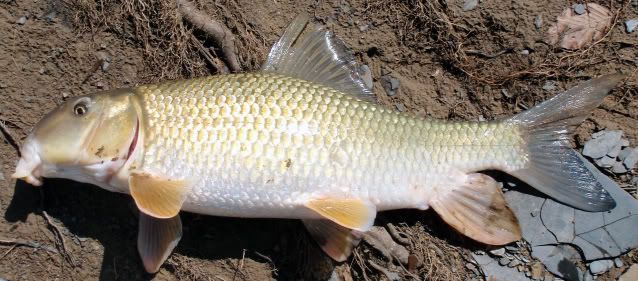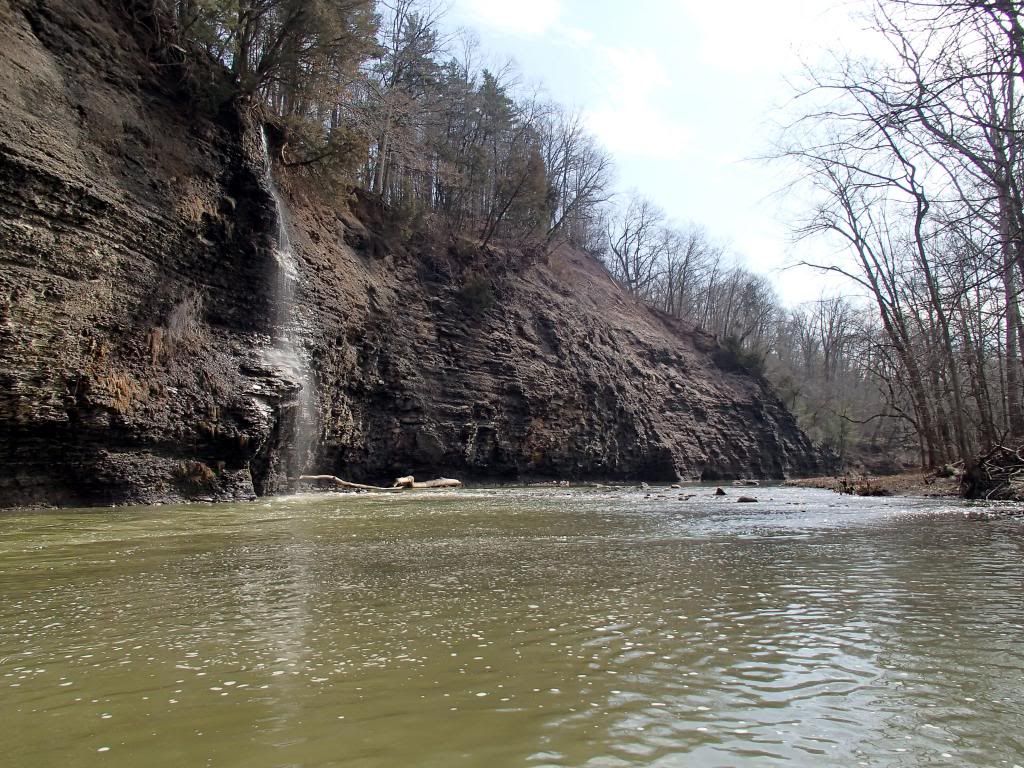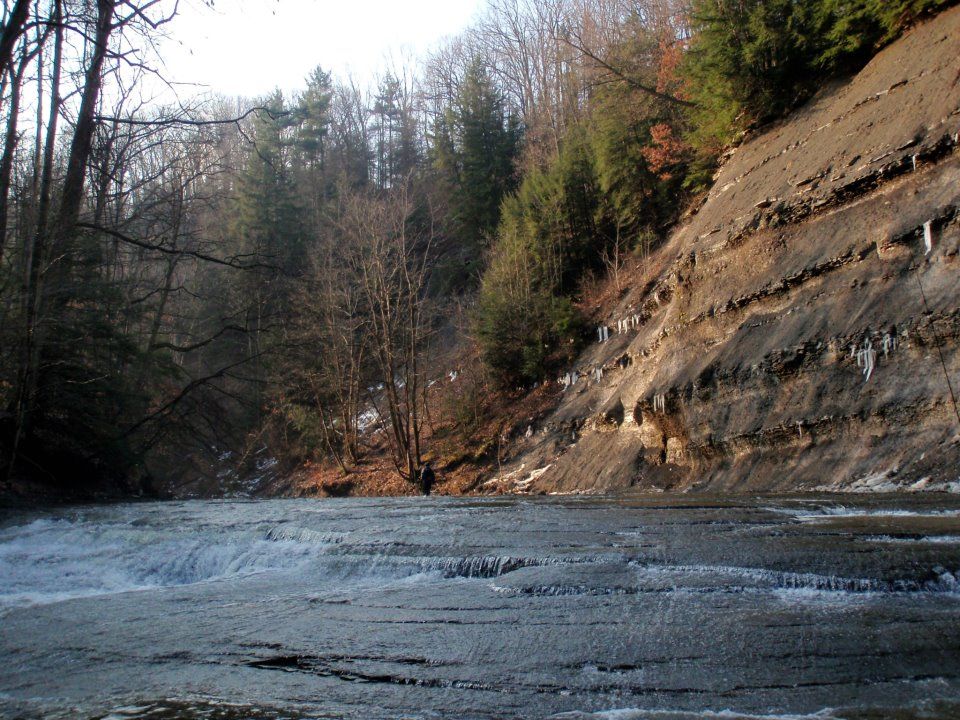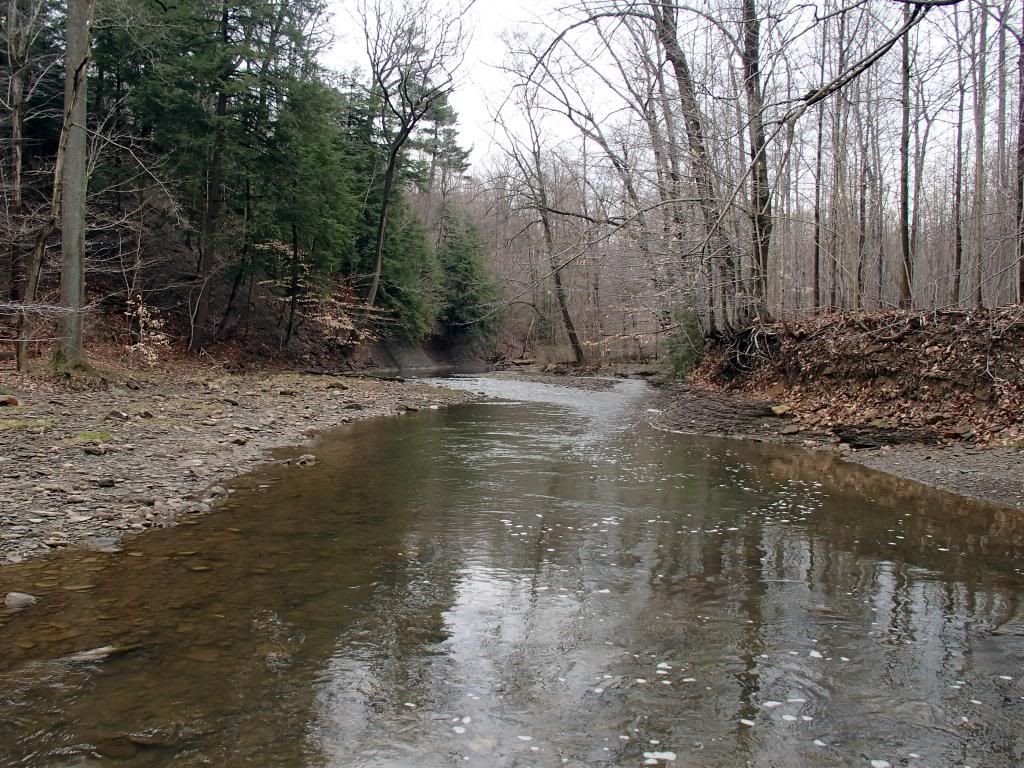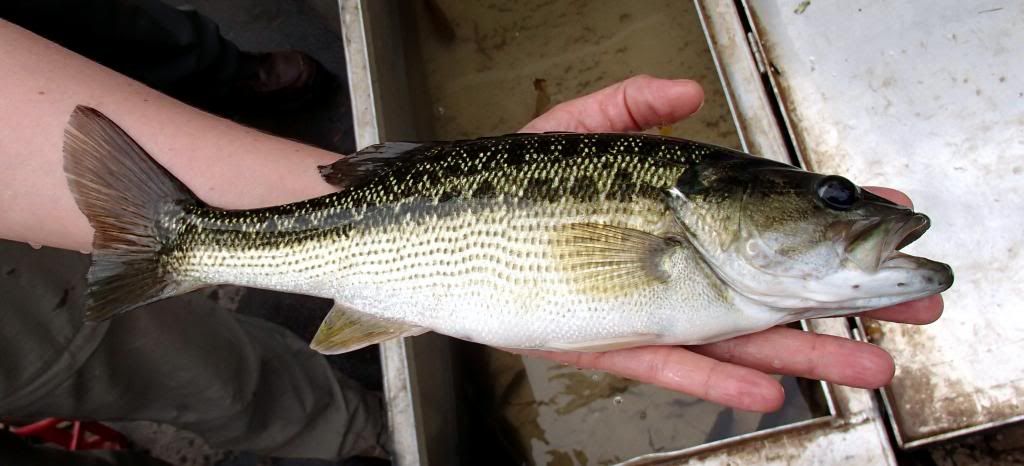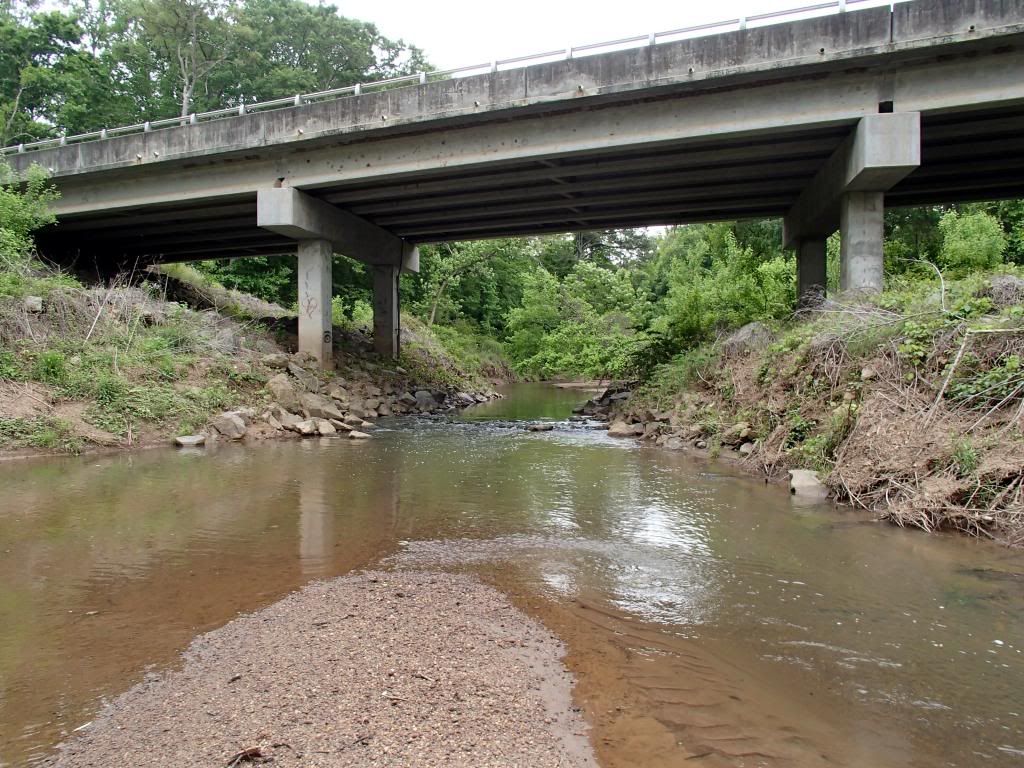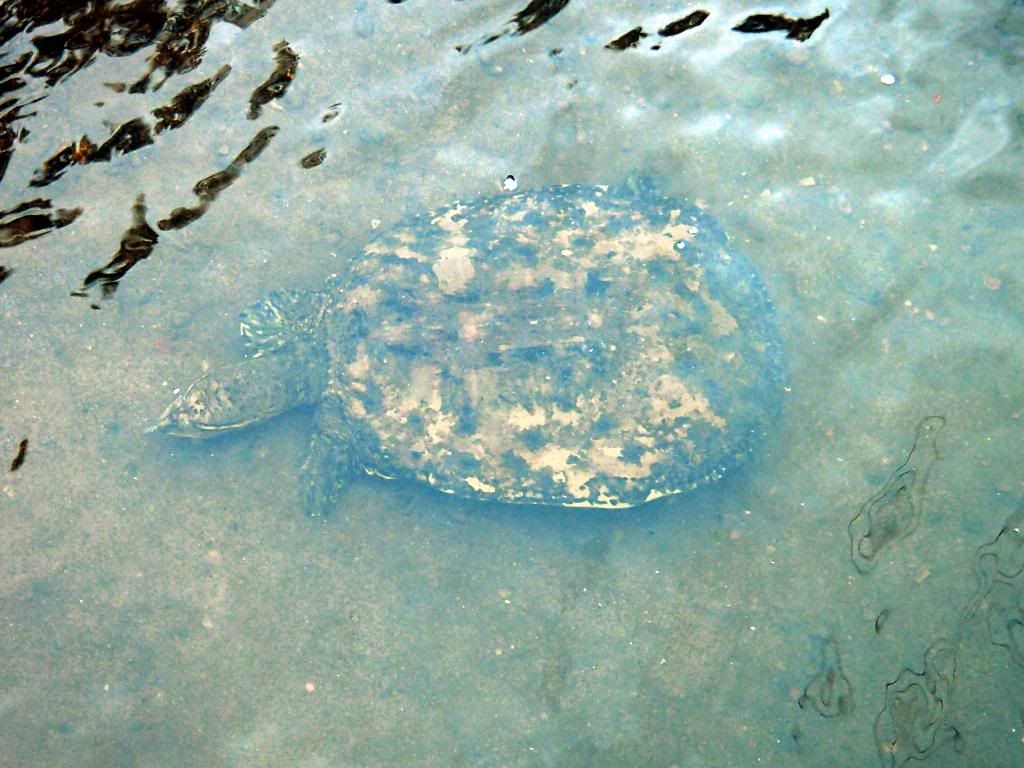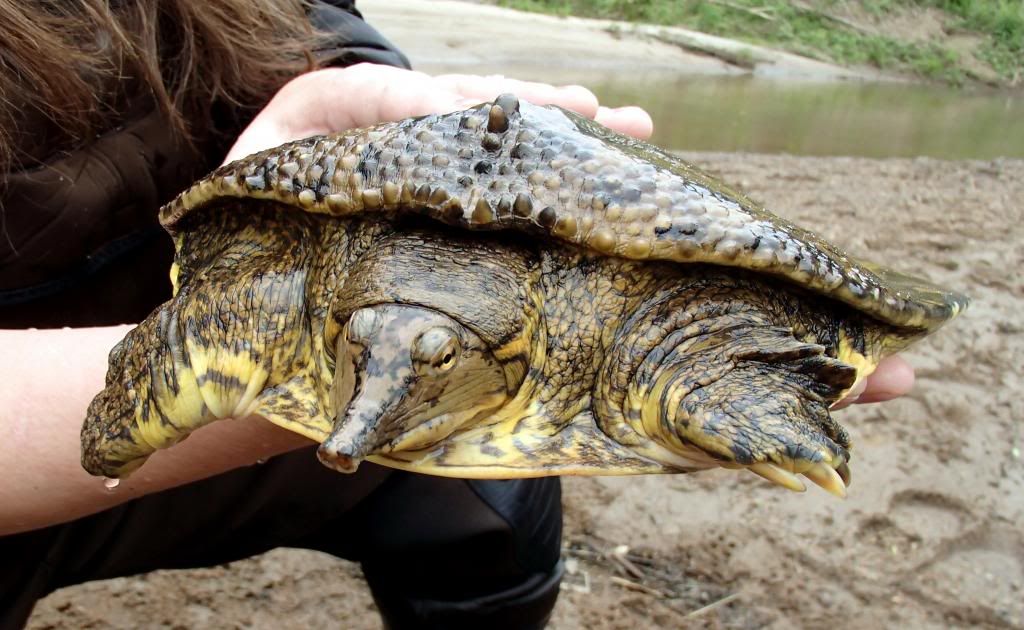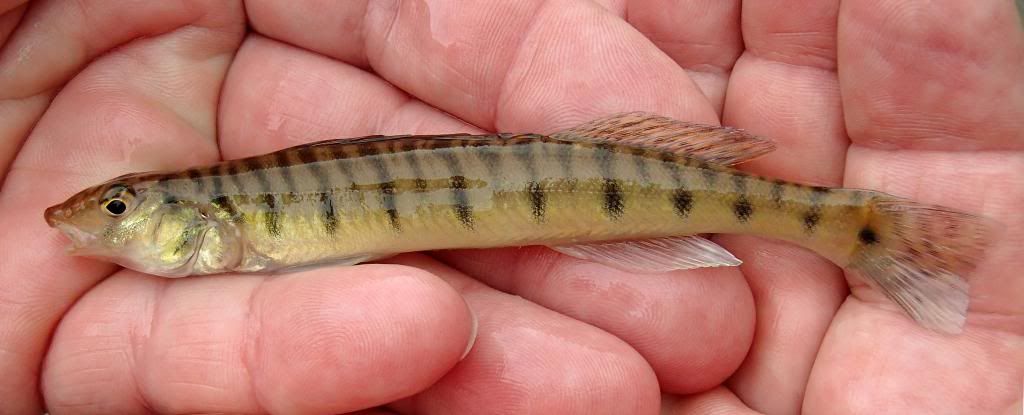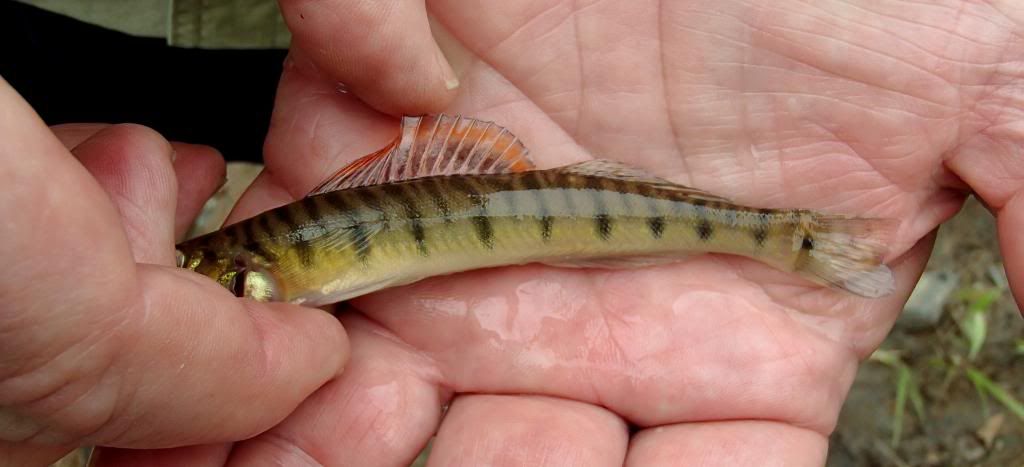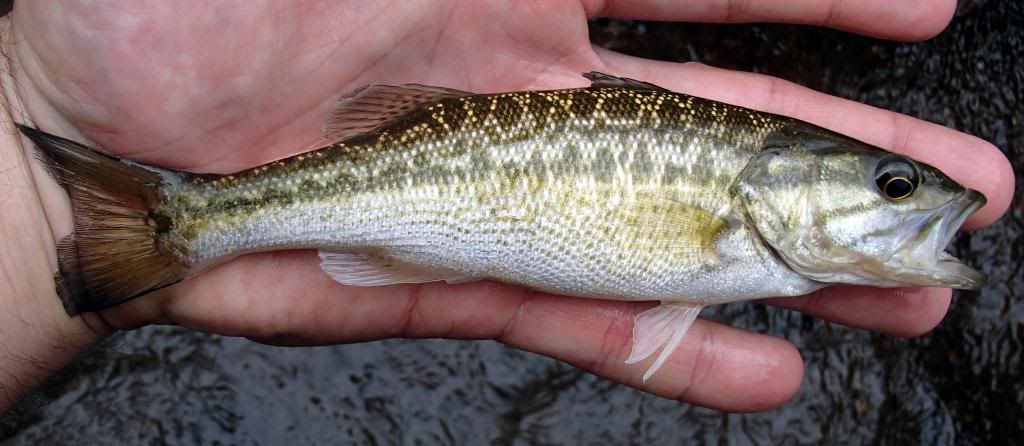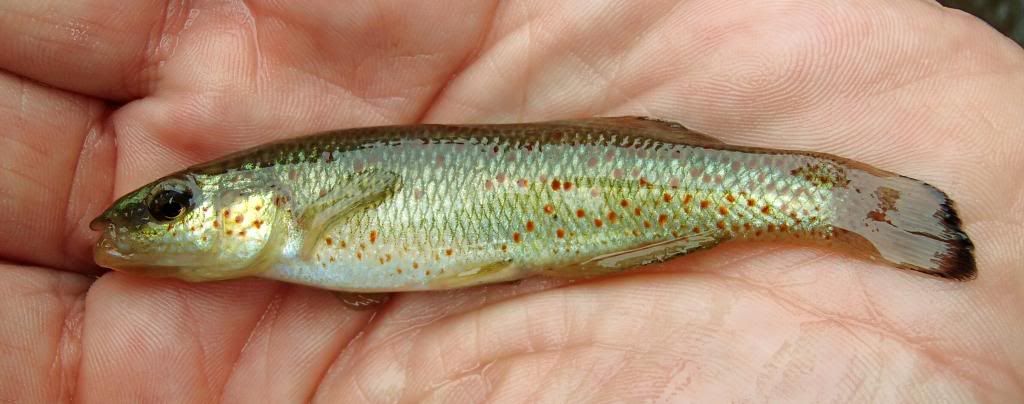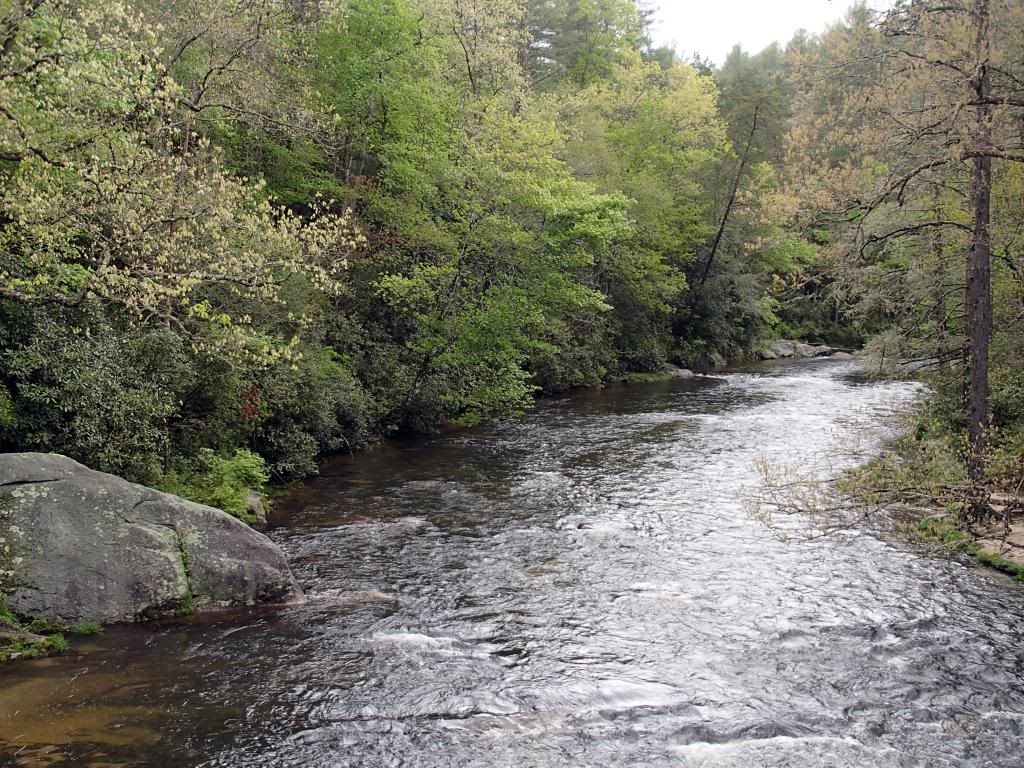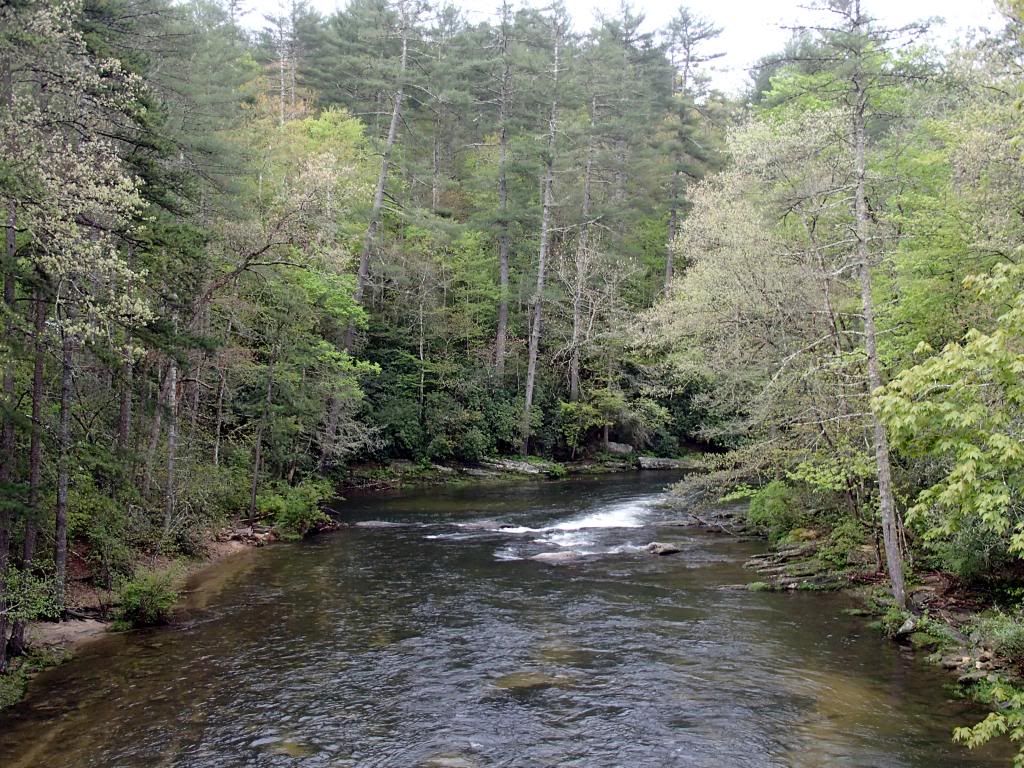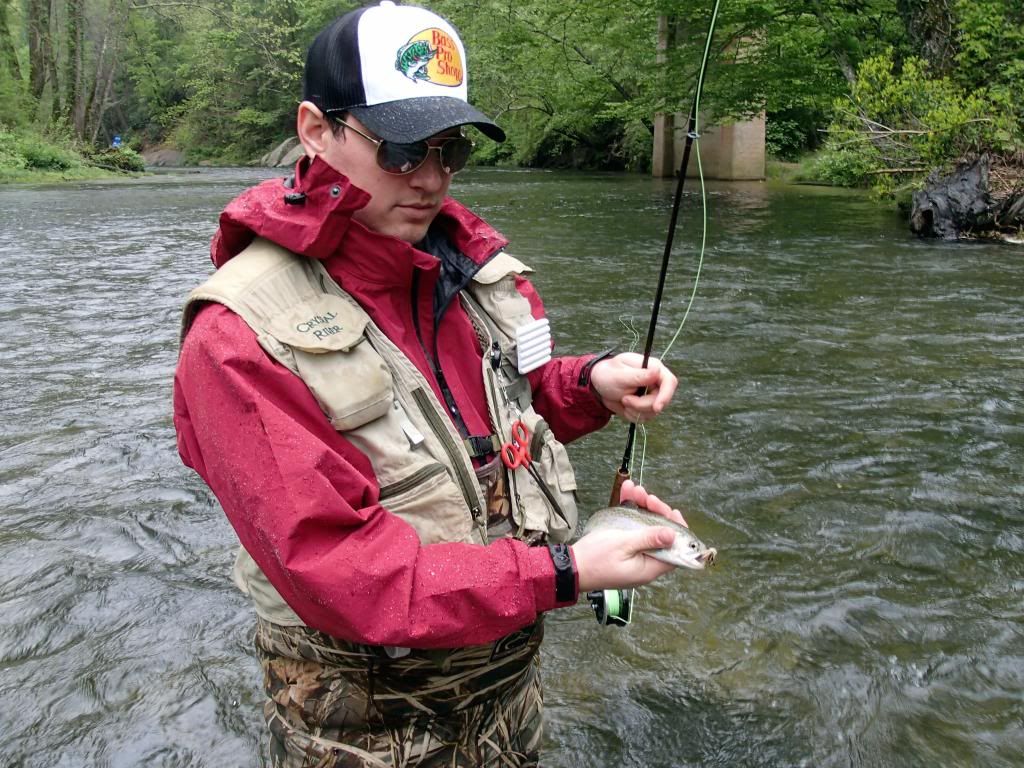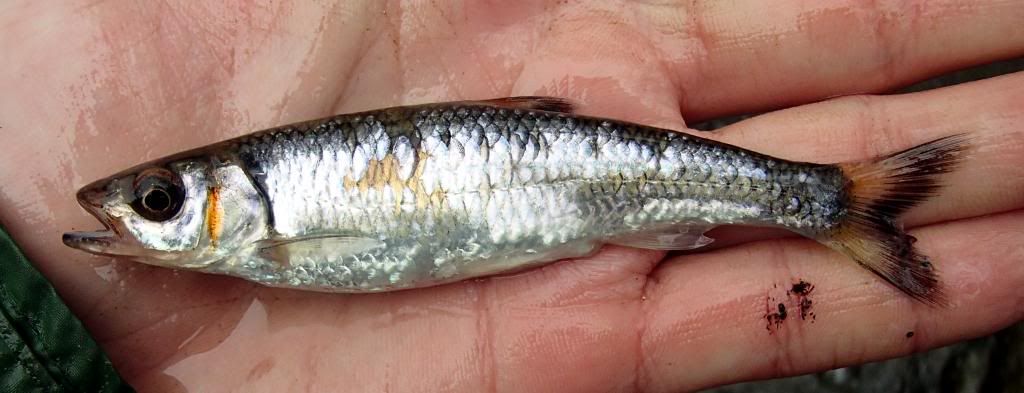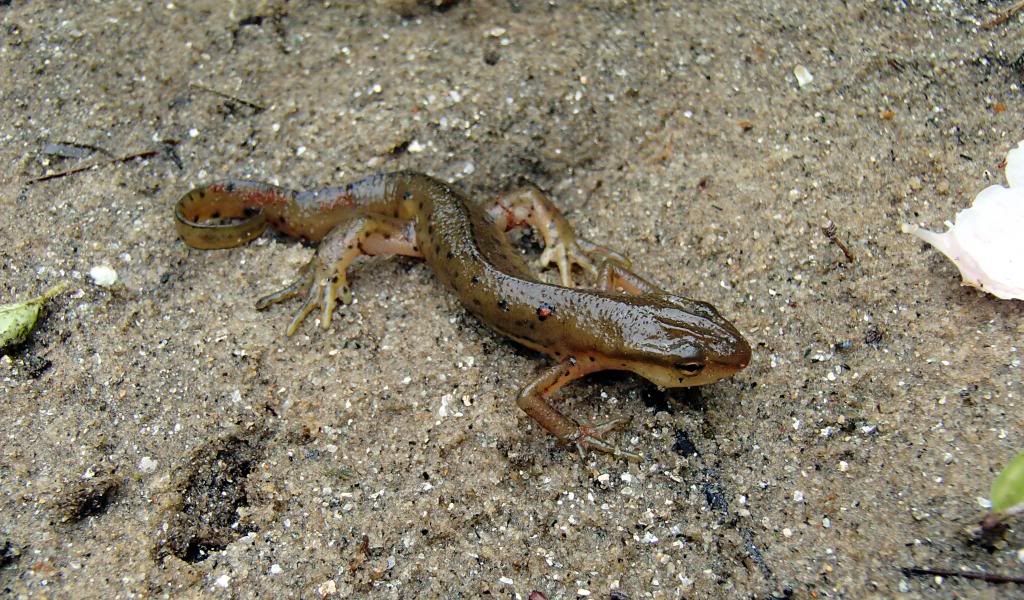http://water.epa.gov...g/riverssurvey/
http://water.epa.gov...iant_130314.pdf
One of the challenges of conducting a nationwide assessment with so many participants, is making sure the data is being collected in similar fashion throughout the nation. Only if data is collected using similar methods can we begin to compare data across the nation. That's where I come in...my job was to be a nationwide trainer, training state, federal, and tribal agencies (and consultants) in the methods of the NRSA. I was responsible for training crews to follow the NRSA protocols for assessing in-stream and riparian habitat quality, collecting fishes via electrofishing and seining, collecting macroinvertebrates, collecting periphyton, collecting fecal indicator samples, collecting water samples, among many other aspects of the assessment (of which are escaping my memory right now). In addition, after training was complete, I was tasked with visiting with field crews to ensure they were adhering to protocols. My work on this project and several others enabled me to work (and sample fishes) in fourteen different states in 2013. I'll use this thread to highlight some of the more memorable trips.
Late March: eastern Oklahoma
Those that would be training crews nationwide were invited to attend a training session in which the protocols would be discussed in detail. This train-the-trainers session was held in Wagoner, OK (about 40 miles southeast of Tulsa). Prior to this trip, I hadn't spent a lot of time in the Southern Plains/Temperate Plains Region. It was interesting to view the countryside and observe the impacts of cattle ranching on the landscape. Also, on the first day I set a goal to see an armadillo (a live one...not roadkill - more on that later). We spent most of our time at the training going over the finer points of the protocols, however, one day we finished up a bit early and I had the better part of an afternoon to myself. So, I set out to find some fish. A Google search of "Fishing in eastern Oklahoma" guided me to the website of the Gore, Oklahoma Chamber of Commerce (http://www.goreok.net/). Apparently, Gore is the "Trout Capital of Oklahoma"...certainly an idea that seems a bit out of place in the warm, dry, relatively flat landscape of the area. Northeast of Gore, a bottom -draw dam at the southern end of Tenkiller Lake feeds the Illinois River (Arkansas River tributary) with water cold enough to sustain a year-round trout fishery. The Illinois River and its tributaries are the only streams protected as "Scenic Rivers" in the state of Oklahoma (if I'm not mistaken). I arrived at this stream about 1/2 mile below the Tenkiller Dam with about two hours of sunrise to play.
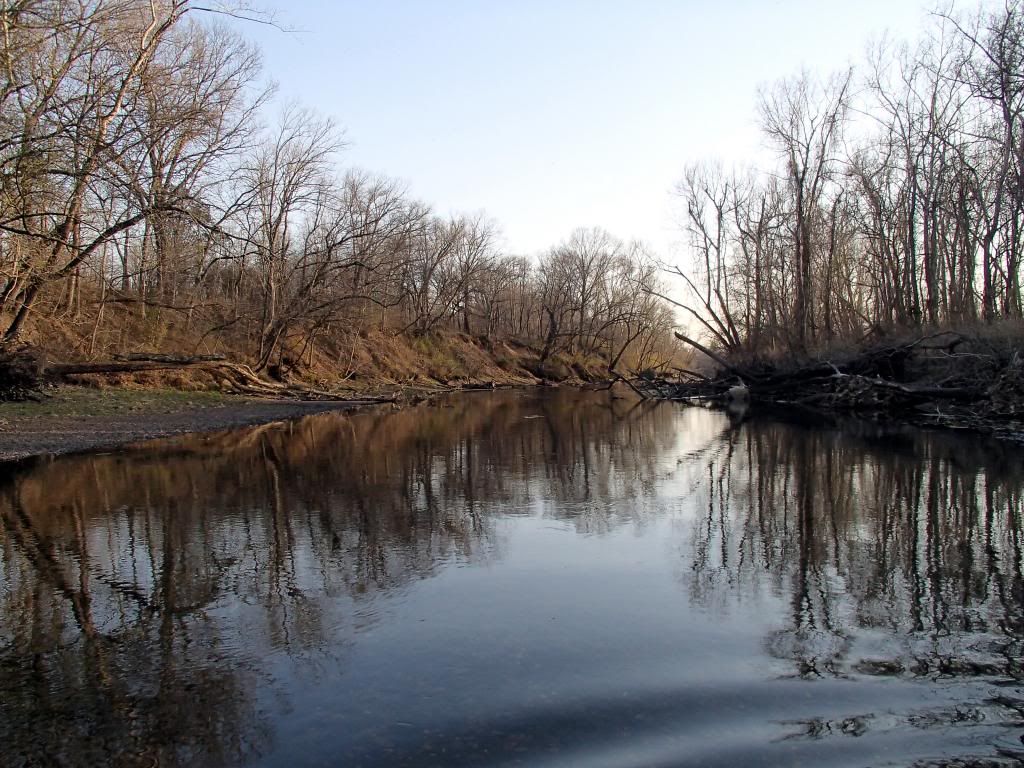
The waters of the Illinois were clear and cool. To my surprise, large mayflies and caddisflies were emerging from the stream all around me. Much to my chagrin, I left all my dry flies at home because in the Midwest we still had snow on the ground, so emerging insects seemed far off. In eastern Oklahoma, spring was beginning to arrive, however. I waded the stream for about two hours and caught a few brown and rainbow trout. I must have seen over one hundred fish rising to eat bugs. In addition, I saw one large dead longnose gar (Lepisosteus osseus) nose down in the substrate. It appeared someone had caught it, broken its snout, and jammed it into the substrate. Unfortunately, this practice is not uncommon among those unaware of the role of the gar in the ecosystem. With the last few rays of sunshine remaining, I heard what sounded like a bull in a china shop going through the woods. To my surprise, I got a glimpse of a nice sized armadillo walking clumsily through the brush; a fitting ending to a pleasant afternoon. Although I didn't get much time to play in the water in Oklahoma, I enjoyed my trip there. If you ever find yourself in eastern Oklahoma, I recommend visiting the Illinois River.
My next trip for the NRSA project was in Sacramento, CA in early April. I'll continue with that one later.


